washing instructions
The most important thing we can do is to use a garment as long as possible. Our part is about developing garments that last a long time, and your part is about taking care of the garment. Here we have compiled some good advice on how to best take care of your garments.
In the case of hi-vis garments, it is important that the care instructions that came with the garment at the time of purchase are followed so that the garment retains its protective properties.
general washing instructions
Follow the washing instructions. They are there for a reason!
- For certified garments, it is particularly important that you follow the washing instructions to ensure that the protective properties are maintained.
- Wool fibres have self-cleaning properties, so all you need to do with your wool garments is hang them outside to air.
- If there are any stains, try to wipe them off as quickly as possible.
- If the garment gets very dirty, try to brush off as much dirt as you can.
- Remove any stones, screws and other items from the pockets before washing.
- Close all pockets and openings that have zippers, velcro or snap fasteners. Leave button closures open.
- Wash garments with similar colours together.
- Wash certified garments together with others that have the same certification.
- Wash certified garments when they look dirty so that they retain their protective properties.
- Do not use bleach.
- Do not use fabric softener. It could damage the reflectors and other parts of the garment.
WASHING SYMBOLS
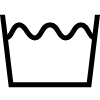
LAUNDRY
The symbol shows whether home washing is possible or not, both in terms of machine washing and hand washing. The numbers inside the tub indicate the highest temperature (in degrees Celsius) the garment can withstand. A cross over the tub means that the garment should not be washed, it may mean that the garment is sensitive to any type of wet treatment or not suitable for washing in washing machines for home use. A hand in the tub indicates hand washing and a water temperature of 30° C and 40° C. A line under the tub means gentle washing program, which means less mechanical action, which is achieved by not filling the machine completely and avoiding spin or by spinning only for short periods. Two lines means a very gentle washing program.
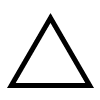
BLEACHING
The symbol shows whether bleaching is possible or not. An empty triangle means that bleaching is permitted both via chlorine bleaching and bleaching with oxygen. Two slanted lines mean that only bleaching with oxygen is permitted and a cross means that bleaching is not permitted and that bleach-free detergents must be used.
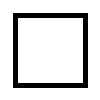
DRYING
The square symbol describes drying. If the square contains a circle, it means tumble drying where the dots inside indicate the tumble dryer temperature. A square with a circle and a cross over it means that tumble drying is not suitable. Containing the square dash instead of a circle, they provide instructions for natural drying/air drying. E.g. hang-dried, drip-dried, flat-dried, etc.
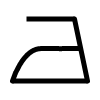
IRONING
The symbol gives instructions regarding ironing. The iron's dots provide information about the temperature range for ironing. A crossed iron means that the garment cannot withstand being strengthened and can be destroyed.
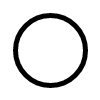
PROFESSIONAL LAUNDRY
The circle provides information regarding professional washing, either dry cleaning or wet cleaning. Please note that this cannot be compared to home washing. The letters in the circle are information for the professional laundromat regarding which washing liquids can be used during the washing process. A crossed out circle indicates that the garment should not be dry cleaned.
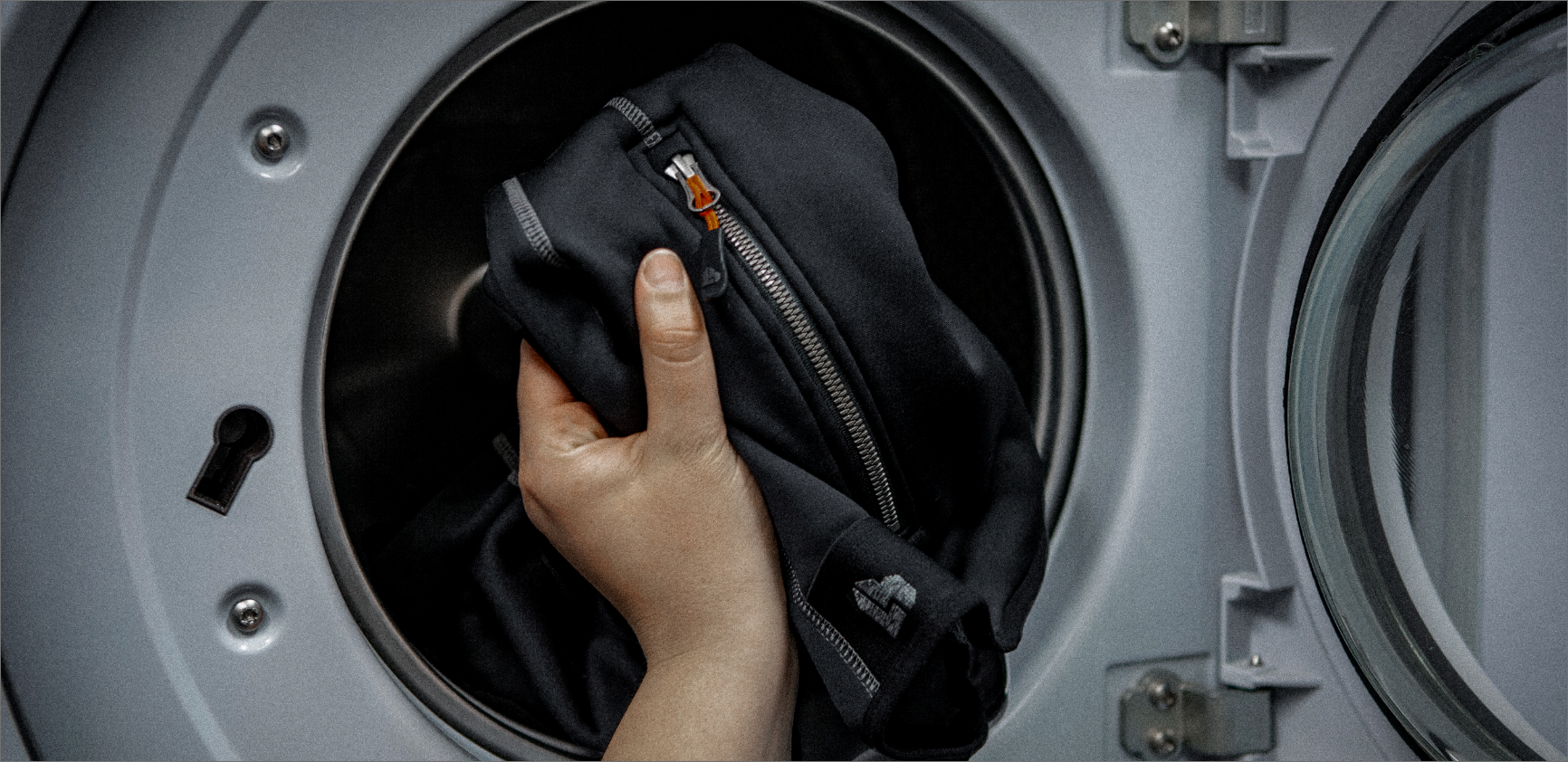
What do I do with the garment after I'm done using it?
Can you give it to someone else who might still be able to use it?
If yes, please do!
Is it impossible to clean or repair it?
Check with your municipality and/or employer to find out how textile
waste is managed. If the garment has been contaminated by something, make sure that you sort it correctly in accordance with the applicable environmental regulations.



